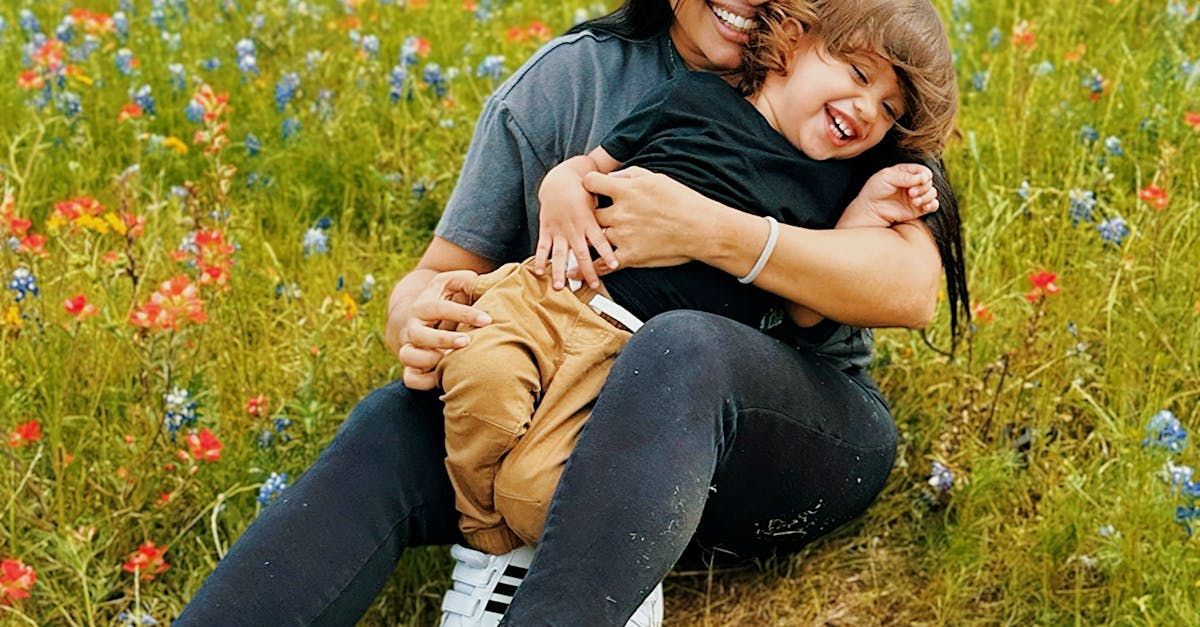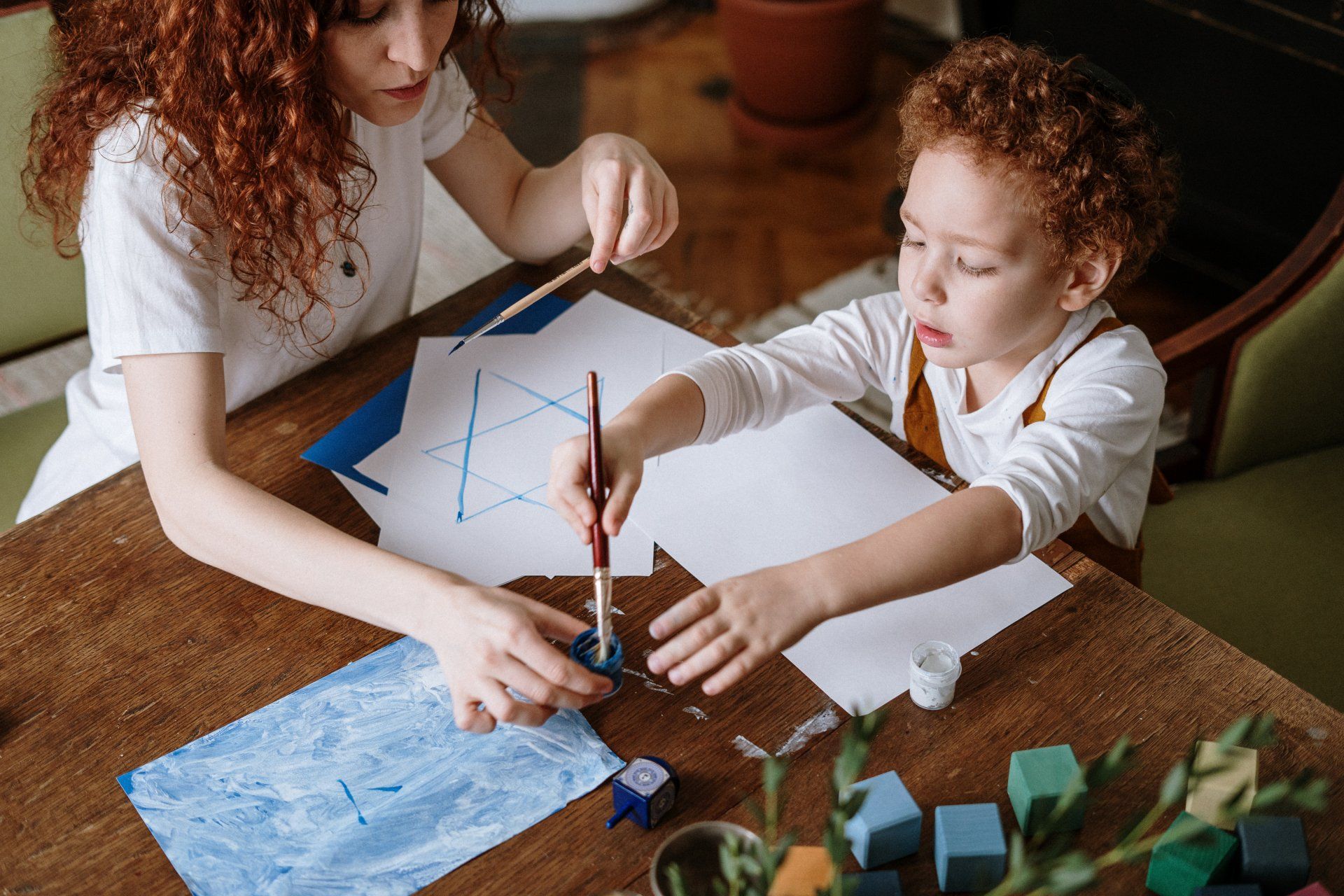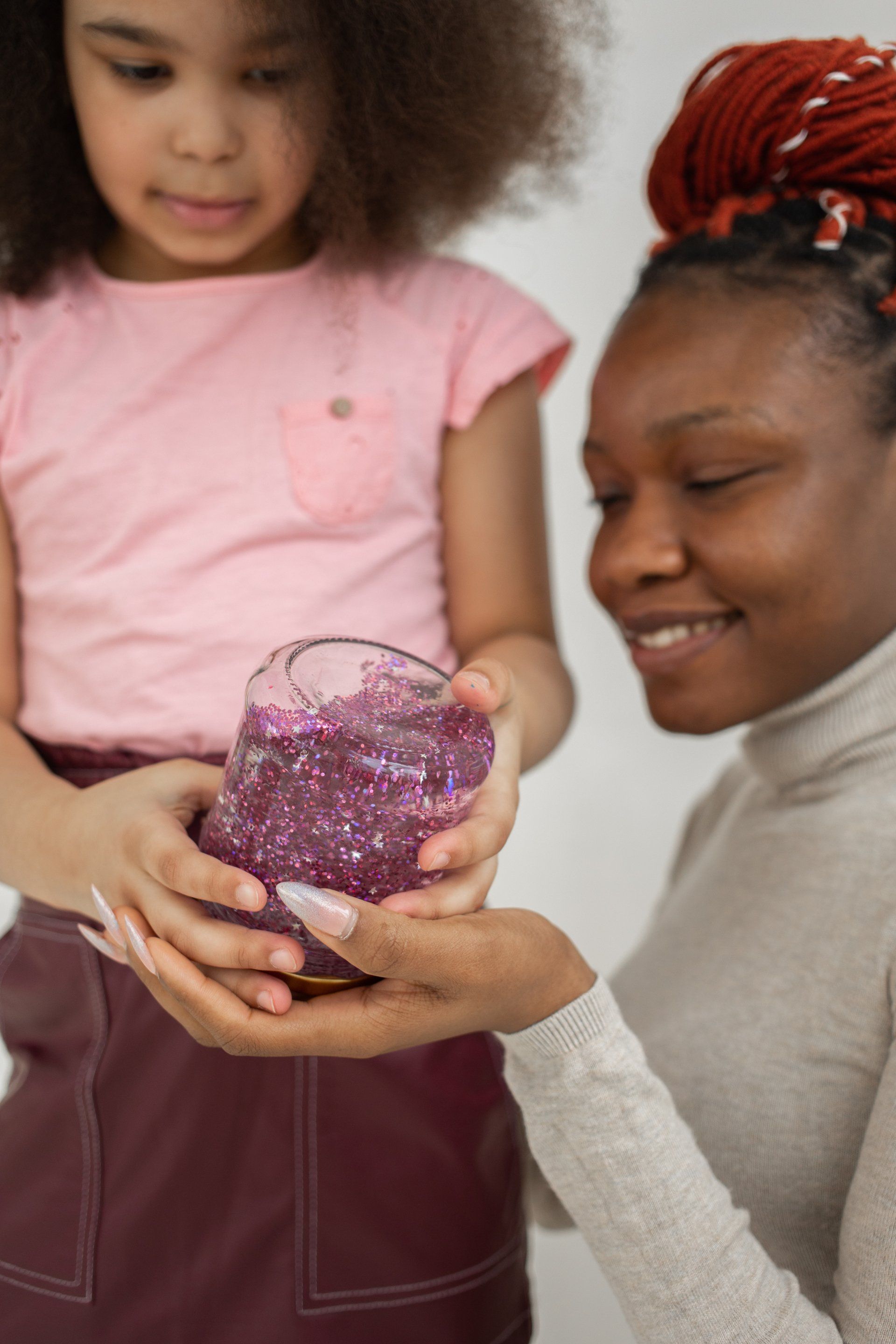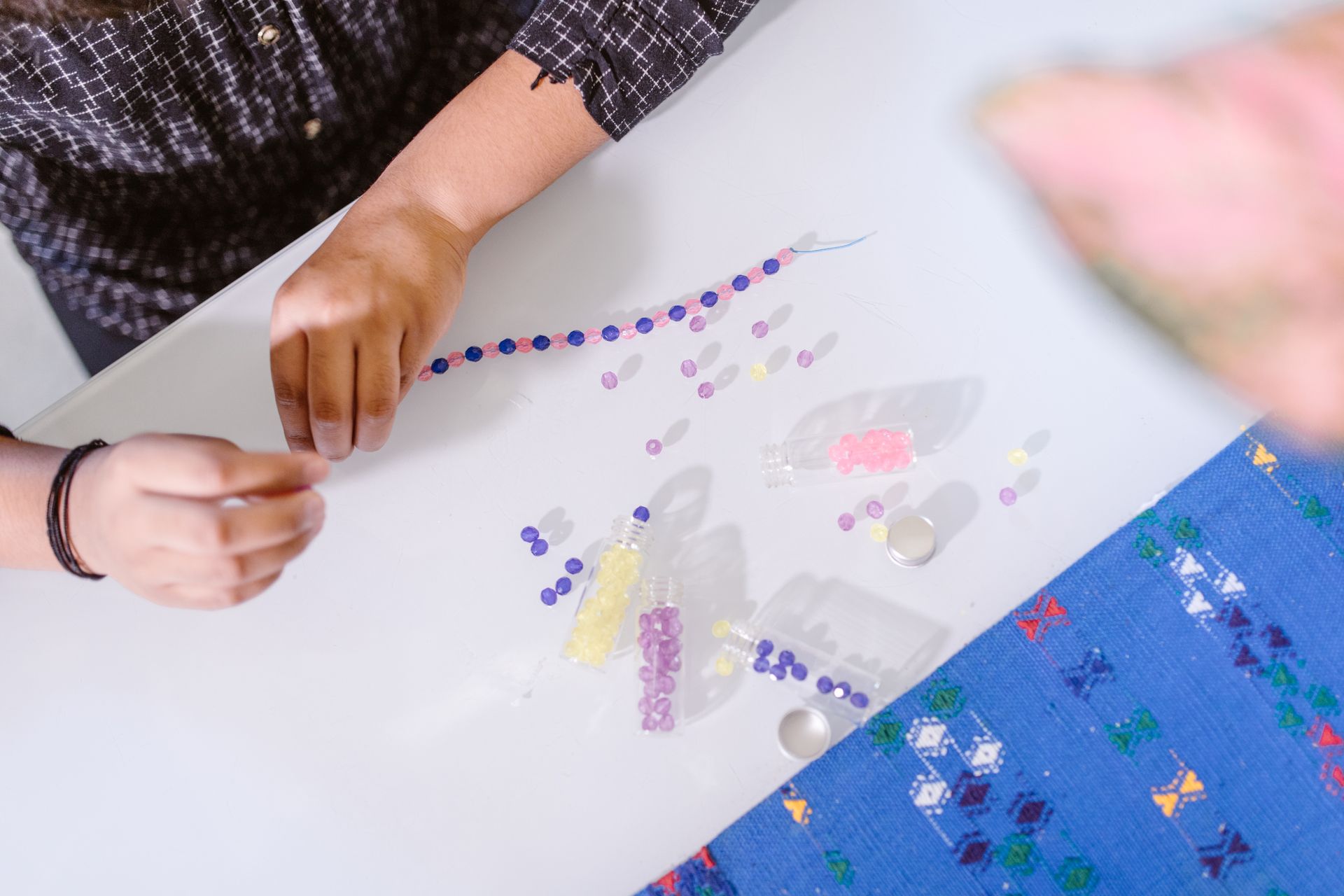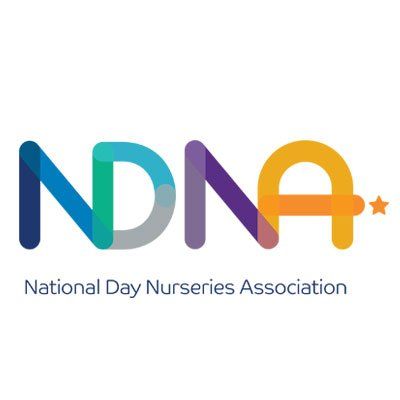Teaching Gratitude and Generosity to Children/Kids
Teaching Gratitude and Generosity to Children/Kids

Teaching Gratitude and Generosity to Children: A Comprehensive Guide
Teaching gratitude and generosity to children is more than just a noble endeavour; it's an investment in their future. These values play a crucial role in the emotional and social development of children, fostering empathy, kindness, and a positive outlook on life. In this guide, we will explore practical ways to
instil these values in kids, helping them grow into compassionate and considerate adults. We will cover the definitions of gratitude and generosity, practical activities to teach these values, ways to encourage generosity in everyday life, and how to overcome common challenges.
Understanding Gratitude and Generosity
Gratitude and generosity are interconnected values that form the foundation of a kind and empathetic individual. Gratitude involves recognising and appreciating the good things in life and the kindness of others. It’s about being thankful for what one has rather than focusing on what one lacks. According to Dr. Robert Emmons, a leading gratitude researcher, “Gratitude helps people refocus on what they have instead of what they lack. And, although it may feel contrived at first, this mental state grows stronger with use and practice.”
Generosity, on the other hand, is the act of giving to others without expecting anything in return. It includes sharing time, resources, and kindness. Dr. Richard Weissbourd, a psychologist and senior lecturer at Harvard’s Graduate School of Education, emphasises the importance of generosity in child development: “When children practice generosity, they learn to think about others' needs and to develop empathy and compassion, which are critical for their social and emotional development.”
These values are essential for children as they help build strong relationships, improve mental well-being, and foster a sense of community. Research published in the Journal of Happiness Studies highlights that gratitude is strongly correlated with well-being and positive social relationships. Teaching children to be grateful and generous can lead to greater happiness, improved academic performance, and reduced stress levels.
A study by Dr. Giacomo Bono, an assistant professor of psychology at California State University, found that gratitude can predict many positive outcomes in young people, such as better grades, fewer health complaints, and more life satisfaction. Similarly, research from the Greater Good Science Center at UC Berkeley suggests that generous behaviour is linked to better mental health and increased feelings of happiness.
Incorporating gratitude and generosity into a child’s daily life can create a positive cycle. When children feel appreciated and recognise the kindness of others, they are more likely to want to give back and be kind themselves. This mutual reinforcement helps to develop a supportive and nurturing community both at home and in school.
To sum up, gratitude and generosity are not just simple values; they are essential tools for a child's overall development and well-being. By fostering these traits, we help children grow into well-rounded, empathetic, and socially responsible individuals.
Practical Activities for Teaching Gratitude
1. Gratitude Journals: Encourage children to keep a daily or weekly journal where they write down things they are thankful for. This simple practice helps them focus on positive aspects of their lives and develops a habit of appreciation.
2. Expressing Thanks: Teach kids to verbally express their gratitude. Whether it’s thanking a family member for dinner or a friend for sharing a toy, these small acts of appreciation can make a big difference.
3. Gratitude Jar: Create a family gratitude jar where everyone can drop in notes about things they are thankful for. Review the notes together regularly to reinforce the habit of gratitude.
4. Thank You Notes: Encourage children to write thank-you notes for gifts or kind acts. This practice not only teaches gratitude but also enhances their writing and communication skills.
5. Gratitude Conversations: Make it a habit to discuss what everyone is thankful for during family meals or before bedtime. These conversations can help reinforce a culture of gratitude within the family.
Encouraging Generosity in Everyday Life
1. Role Modelling: Children learn by observing the adults in their lives. Demonstrate generosity by being kind and giving to others. Whether it’s donating to charity or helping a neighbour, let your actions speak louder than words.
2. Creating Opportunities: Provide children with opportunities to be generous. This could be through organised activities like volunteering at a local shelter or simple everyday acts like sharing toys with siblings or friends.
3. Discussing Generosity: Talk to your children about the importance of generosity. Explain how giving to others can make a difference in their lives and how it feels good to help those in need.
4. Family Giving Projects: Involve your children in family projects that focus on giving. This could be organising a fundraiser for a cause, participating in community service, or creating care packages for the less fortunate.
5. Encouraging Sharing: Promote sharing at home by creating an environment where resources are shared. Praise and acknowledge generous behaviour to reinforce it positively.
Overcoming Challenges in Teaching Values
1. Consistency is Key: Teaching gratitude and generosity requires consistent effort. Integrate these values into daily routines and make them a regular part of your family life.
2. Patience: Children may not always grasp these concepts immediately. Be patient and continue to guide them with gentle reminders and positive reinforcement.
3. Addressing Entitlement: If children show signs of entitlement, address it by discussing the importance of gratitude and the value of what they have. Encourage them to appreciate their belongings and the efforts of others.
4. Using Stories and Examples: Share stories and examples of generosity and gratitude from books, movies, or real-life situations. These narratives can help children understand and relate to these values better.
5. Positive Reinforcement: Praise and reward acts of gratitude and generosity. This positive reinforcement can motivate children to continue displaying these behaviours.
Conclusion
Teaching gratitude and generosity to children is a rewarding journey that has lasting benefits. By incorporating practical activities, encouraging generous behaviour, and overcoming challenges with patience and consistency, parents and educators can help children develop into kind, empathetic, and grateful individuals. Start today by integrating these values into your daily routines and watch as your children grow into more compassionate and considerate adults.
FAQ
Q: What age should I start teaching my child about gratitude and generosity?
A: It’s never too early to start. Even young toddlers can begin learning about gratitude and generosity through simple actions and role modelling by parents and caregivers.
Q: How can I make gratitude a habit in my family?
A: Regular practices like gratitude journals, gratitude jars, and daily gratitude conversations can help make gratitude a habit in your family.
Q: What if my child doesn’t seem interested in these activities?
A: Keep trying different approaches and be patient. It’s normal for children to take time to understand and embrace new concepts. Positive reinforcement and leading by example can also help.
Q: How can I teach generosity without making it feel like a chore?
A: Focus on fun and engaging activities that involve giving, such as family giving projects or volunteering together. Highlight the joy and fulfilment that comes from helping others.
Q: Can schools play a role in teaching these values?
A: Absolutely. Schools can incorporate lessons on gratitude and generosity into their curriculum and organise activities that promote these values.
Q: How do I address entitlement in my child?
A: Address entitlement by discussing the importance of gratitude and appreciation. Encourage your child to reflect on what they have and involve them in activities that highlight the value of giving and sharing.

